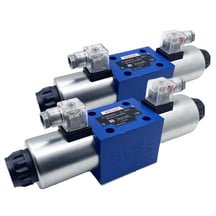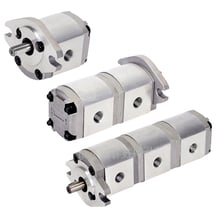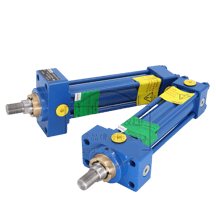How to Choose the Right Hydraulic Cylinder in 2025: A Practical Guide
Hydraulic cylinders remain critical components in industries like construction, manufacturing, and renewable energy. But as technology evolves, selecting the right cylinder for your needs in 2025 requires a fresh approach. Here’s how to make a smart choice without getting lost in jargon or outdated advice.
3/2/20252 min read
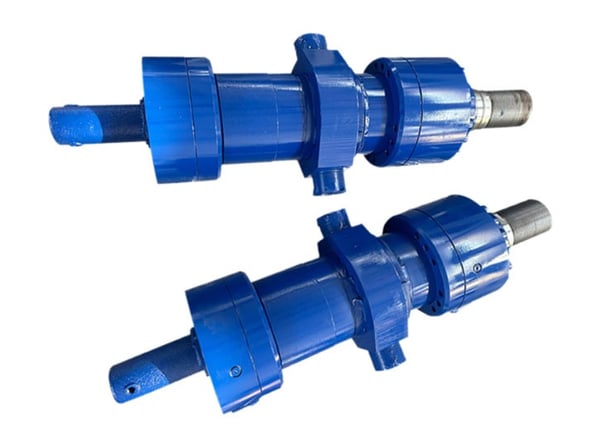

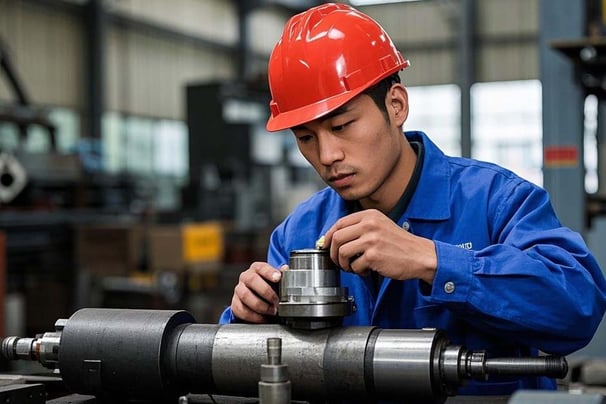


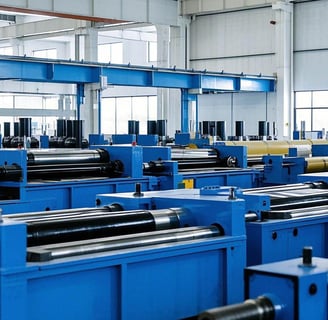
Define Your Load and Motion Needs
Start by understanding your application’s specific demands.
What’s the maximum force required? Will the cylinder handle static loads, repetitive motions, or extreme conditions like high temperatures?
For example, a mining operation in 2025 might prioritize cylinders with corrosion-resistant coatings for harsh environments, while a robotics assembly line could need compact, high-precision models.
Don’t guess—review historical performance data or consult engineers to avoid under- or over-specifying.
Material Matters More Than Ever
With sustainability regulations tightening globally, cylinder materials are evolving.
Look for options like chrome-plated rods with advanced wear-resistant coatings or lightweight composite materials that reduce energy consumption.
In 2025, suppliers may also offer carbon-neutral manufacturing processes—ask for certifications like ISO 14001 to verify eco-friendly practices.
Energy Efficiency Isn’t Optional
Energy costs are rising, and hydraulic systems are under scrutiny for their environmental impact.
Opt for cylinders designed for regenerative hydraulic systems, which reuse energy during retraction. Also, check for seals optimized to minimize internal leakage—a common source of wasted power.
Brands like Bosch Rexroth and Parker Hannifin are already rolling out “smart” cylinders with real-time efficiency monitoring—a feature worth considering for future-proofing.
The Bottom Line
Choosing a hydraulic cylinder in 2025 isn’t just about specs—it’s about aligning with sustainability, smart technology, and supply chain resilience.
Test prototypes where possible, and prioritize suppliers who innovate rather than just meet current standards. Your cylinder should be a solution, not a stopgap.

